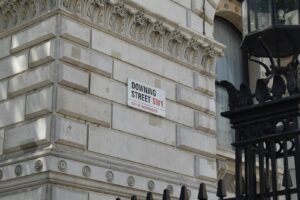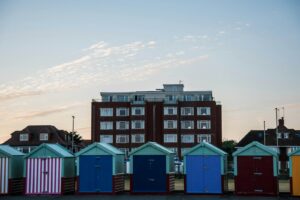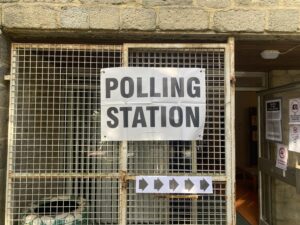Pasties and caravans, but not historic buildings
Having just returned from a family holiday in Cornwall, home of that great British culinary tradition, the Cornish pasty – and having also driven past plenty of static caravans – I cannot help musing on the coalition’s priorities when it comes to VAT.
The Treasury has been persuaded by skilful lobbying from, among others, Greggs and The Sun, to reverse the proposed VAT increase on hot snacks, such as pasties, and on static caravans. At the same time the heritage sector’s call for a similar ‘U-turn’ on the proposed increase to VAT from zero to 20% for alterations to historic buildings has fallen on largely deaf ears.
Interestingly, the one concession made on listed buildings has been the increase in funding for the Listed Places of Worship Grants Scheme by £30m per annum. These grants help churches and other places of worship to recover some of the costs of restoration and refurbishment, and the increase is intended to mitigate some of the impact of the change to the VAT regulations. Effective pressure led by various bishops seems to have been the key factor here.
Well jolly good, you may say, surely that will solve the problem? Unfortunately not, because while churches are undoubtedly an important part of our historic environment, the rest of our listed buildings, and in particular those owned and managed by charities and other voluntary groups, make a huge contribution to our communities and face similar challenges when it comes to the costs of adaptation to make them fit for 21st-century uses.
Here at the Architectural Heritage Fund (AHF), we support around 100 projects each year where community organisations are rescuing and finding sustainable new uses for historic buildings at risk. These vary in scale from huge ex-industrial sites to tiny cottages, but what they all have in common is that small groups, often comprising just volunteers, battle against the odds to give life to a building for which there is no market solution and which is often blighting the surrounding area through its dereliction.
Adding 20% to the overall costs of essential alterations (not repairs – invidiously they are already at 20% VAT but don’t get me started on that) could stop many of these projects in their tracks. Buildings will be left to deteriorate further, and in many cases will reach the point of no return, leading to demolition and all of the loss of embedded energy and materials ending up in landfill which that entails.
This also links directly to the asset transfer and localism agendas. The government, following the lead of the previous administration, supports the transfer of buildings from public bodies to community groups, but the DCLG itself has professed anxiety that the VAT changes will prevent some of these involving listed buildings from going ahead, as the extra costs of adaptation will make projects untenable. They also, privately, admit that they were not consulted and can do little to change Treasury policies.
The heritage sector, led by The Heritage Alliance, has done its best to lobby, but without either The Sun or the bishops, so far to no avail. What we have discovered through Freedom of Information requests is that there was virtually no evidence base for this major policy change, so we will continue our efforts to ensure that our built heritage receives equally favourable treatment as our edible heritage.
















